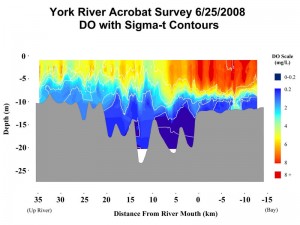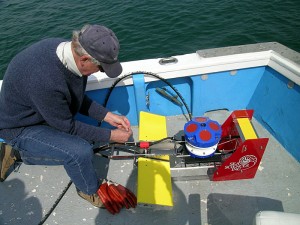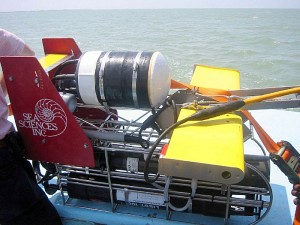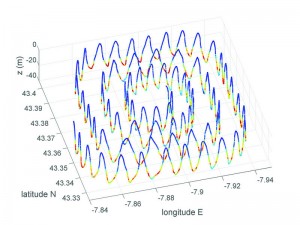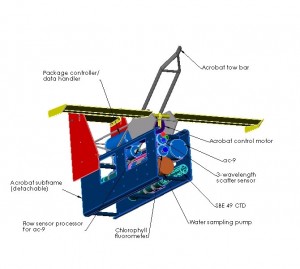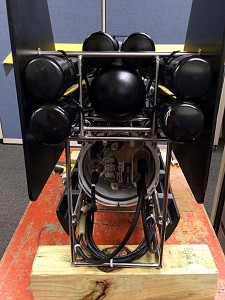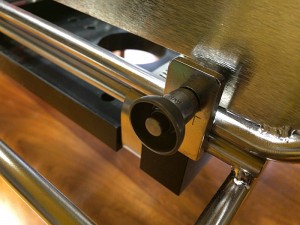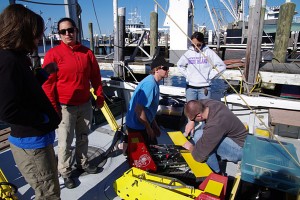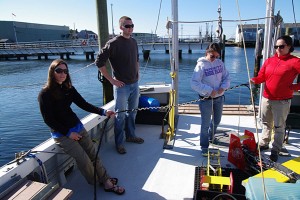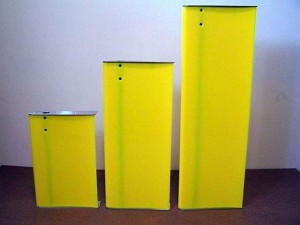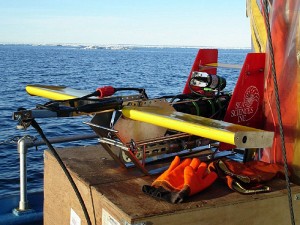Gallery
Photos
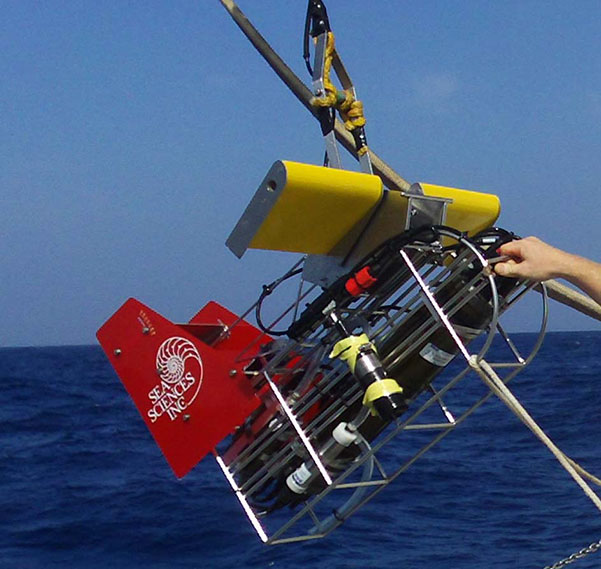
Select any thumbnail below to view larger.
Video
Sea Sciences Acrobat™ Towed Vehicle
July 2011 – Wet Labs testing their Sea Sciences Acrobat towed oceanographic sensor platform in Narragansett, RI. Sea Sciences, Inc. provided an Acrobat system including tow cable and winch to mate with their payload frame designed to support a suite of optical sensors. The video is a clip of the first field test of the system in Narragansett Bay. The clip illustrates the flexibility and portability of the system so that almost any boat or ship of opportunity will support this type of research.

